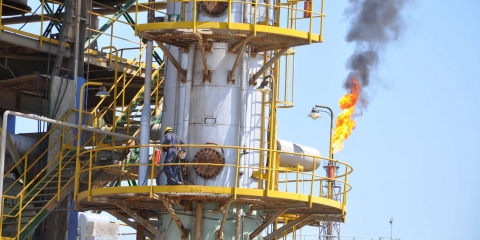After ISIL: The Conflict Following the War
The Middle East has long been a breeding ground for insurgencies and terrorist organizations alike. Groups and organizations spanning from the Muslim Brotherhood, Al Qaeda, Lebanese Hezbollah, Taliban, and nearly an infinite list of splinter organizations have had disputes over everything from religion to territory for years and will likely continue to do so. Most […]Brandon Whitehead writes for Small Wars Journal:
The Middle East has long been a breeding ground for insurgencies and terrorist organizations alike. Groups and organizations spanning from the Muslim Brotherhood, Al Qaeda, Lebanese Hezbollah, Taliban, and nearly an infinite list of splinter organizations have had disputes over everything from religion to territory for years and will likely continue to do so. Most recently, the Islamic State of Iraq in the Levant (ISIL), also known as the Islamic State in Syria (ISIS) or the Arabic acronym of Da’ish), has burst on scene and made lasting impacts on Iraq, Syria, and throughout the greater Levant.
This paper, however, will not attempt to highlight ways in which Coalition forces can further degrade and defeat ISIL, as there has been an abundance of data published on the subject. This paper will attempt to provide insight into a topic most have not yet thoroughly considered…what happens after ISIL is gone? This paper will explore the challenging situations presented after the war on ISIL is over, specifically between the Government of Iraq (GOI) and the Kurdish Regional Government (KRG). These decisions made after ISIL is dispelled from Iraq will have lasting effects on more than Iraq; they will drastically impact the entirety of the Middle East.





